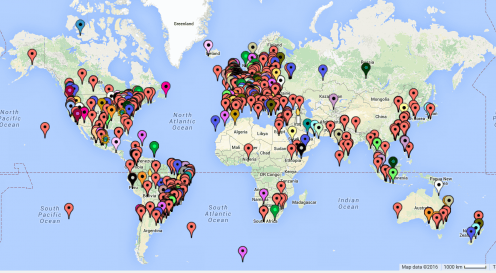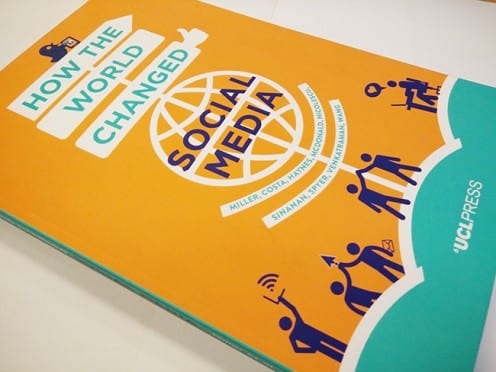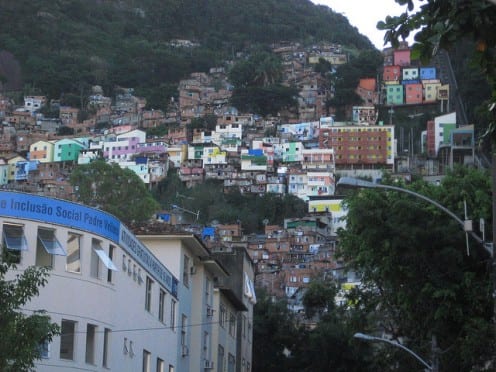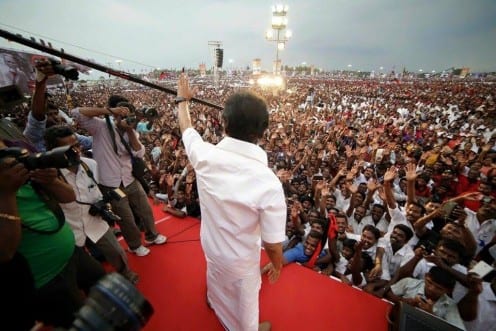Anything but selfies
By Daniel Miller, on 30 March 2016

In every respect we are delighted with the launch of our project. We now engage in daily interaction with thirteen thousand students registered on our FutureLearn course, plus 2,100 on the translated versions on UCL eXtend. The 9,500 downloads of our books is a real boost for Open Access.
But there has been one element that I found rather irritating. Here is a project that dealt with tensions on the Syrian-Turkish border, 250 million Chinese factory workers, the nature of Englishness, transformations in human communication, politics, gender, and education. Yet almost every single media enquiry, and we are happy that there were so many, seemed to focus upon the selfie and almost inevitably mentioned a specific kind of selfie taken in Chile of people’s feet. Which is why, given the choice, I would love to answer questions about our project on any topic under the sun – other than bloody selfies.
But as an anthropologist I have to transcend any personal feelings and always ask ‘why?’. My explanation is going to be as benign as I can make it – what I would like to believe to be the case – though certainly it may be otherwise. My supposition is that the selfie is iconic of social media because it speaks to the single dominant story we want to tell ourselves and which, by creating anxiety, also sells newspapers. We tend to argue that social media is the latest stage in an inevitable journey from the kind of intense kinship-based sociality studied by anthropologists to the fragmented narcissistic individualists studied as a kind of modern pathology by sociologists and psychologists. So the media and others find it strange that it is anthropologists, the group who are supposed to represent the other end of this story – kinship and tribes – who are talking about the selfie. Perhaps this represents a kind of profound disconnect.
It may then follow that the best way anthropology can be presented as a repudiation of this simple story is by noting that as anthropologists we have refused to regard the selfie as this icon of the fall of humanity from the graces of proper and intense sociality. A photo of unpretentious feet is the opposite of the self-absorbed look-at-me selfie of the face. If this explanation is correct it would be parallel to my early blog post about the ‘no-make-up selfie’ where adults in my fieldsite only started posting selfies when they found a cancer charity-based model which seemed to repudiate the association between the selfie and supposed teenage self-centeredness.
We do indeed repudiate the simple story of a decline in humanity and indeed we try and show why even these teenagers are more complex, mature and social than this story implied. If this is the case then I should be happy that the media has made our point so succinctly. Hopefully once that point has burst the selfie boil, this then clears the way for the media and others to focus on the way we tell a hugely different story of highly socialised and diverse social media that has important consequences for almost every other aspect of our lives. For example, the way we use our analysis to critique the very concept of ‘superficiality’ which is the premise of much of this discussion of the selfie. Perhaps now we can argue that in most respects social media takes society in the opposite direction: more social, less individual, closer to the way society is represented by anthropology and less close to the pathologies of the individual studied in psychology. At least that is the story I hope we will eventually be allowed to tell.
 Close
Close

















